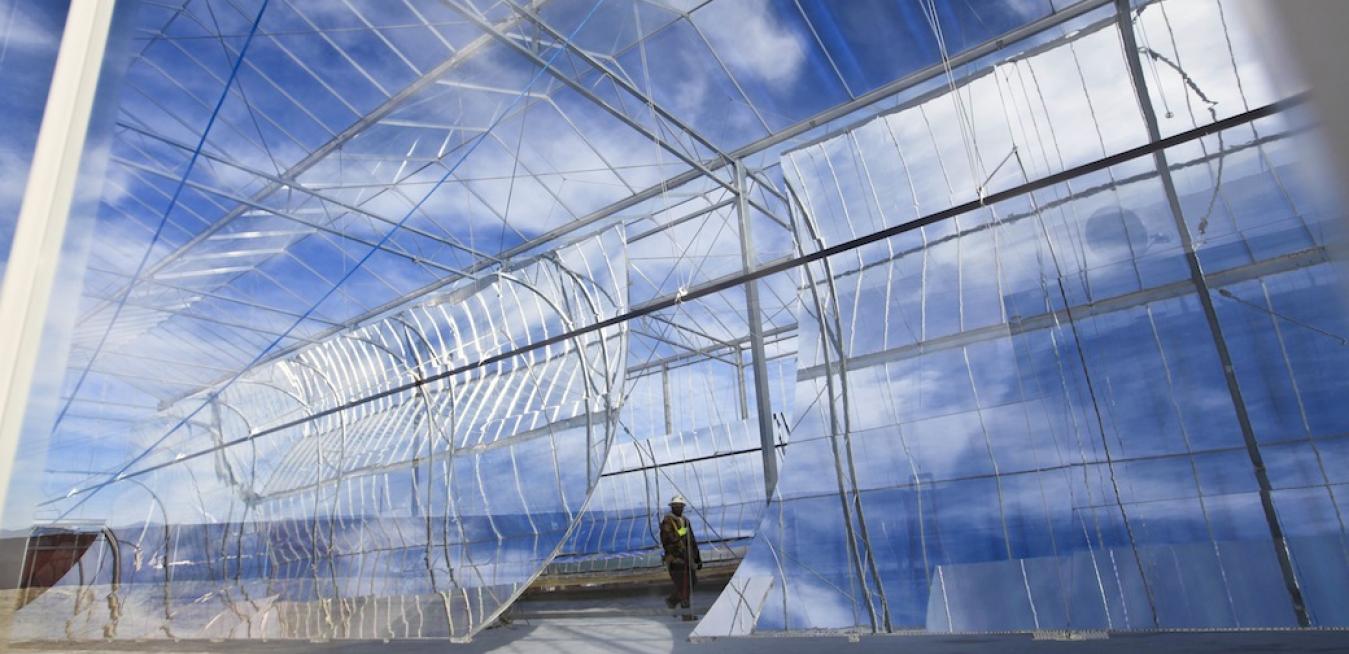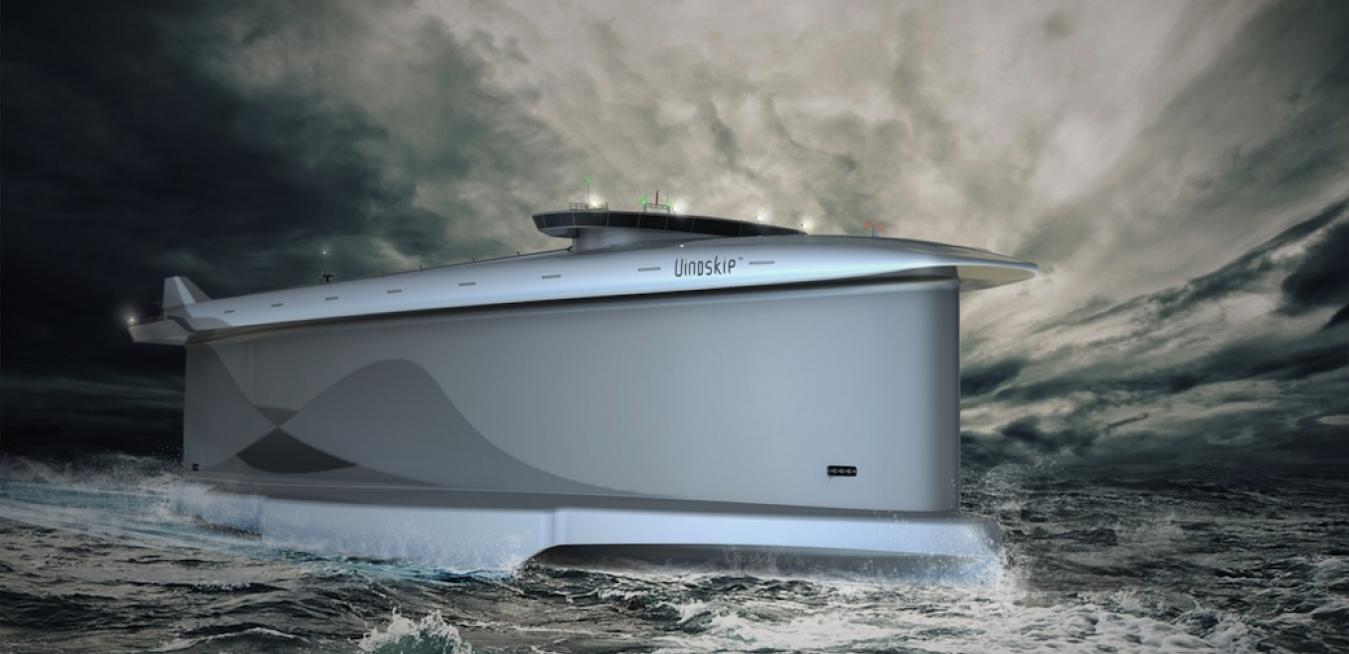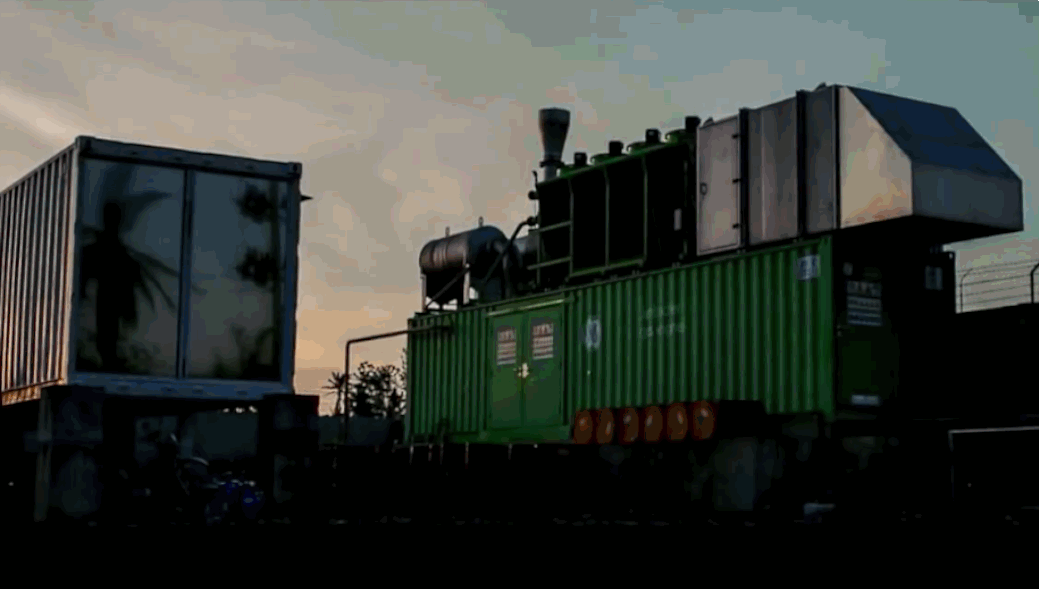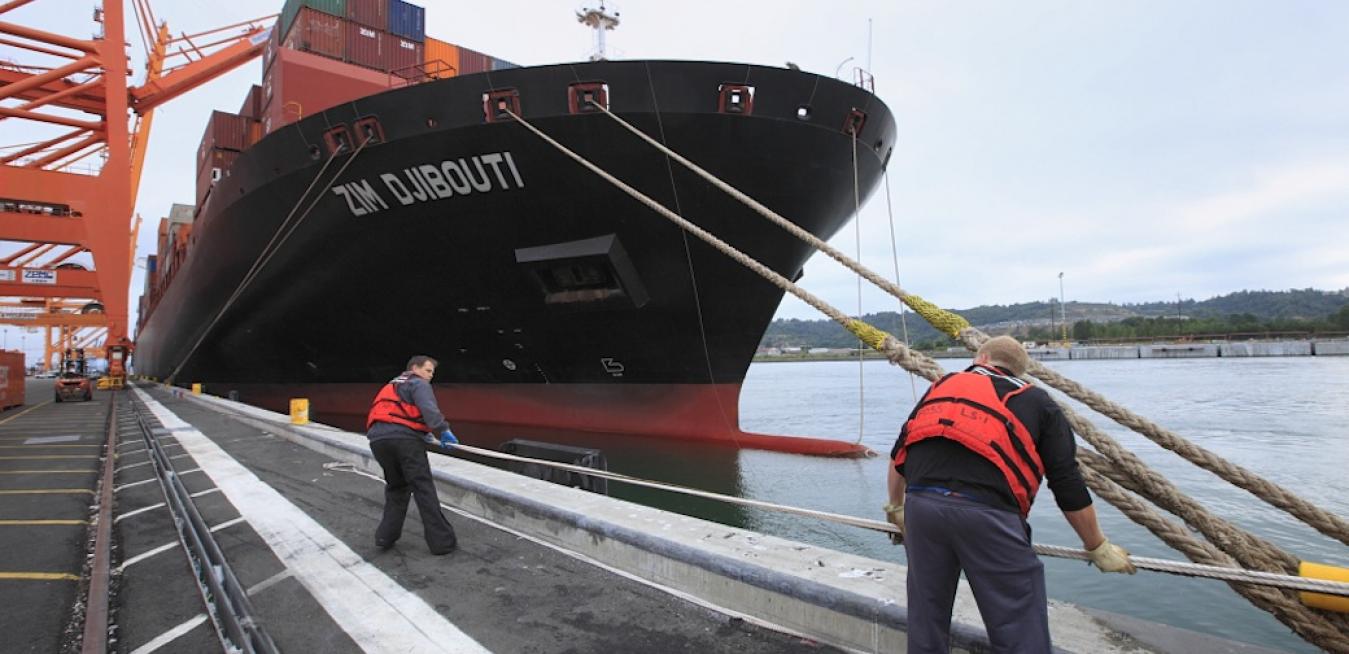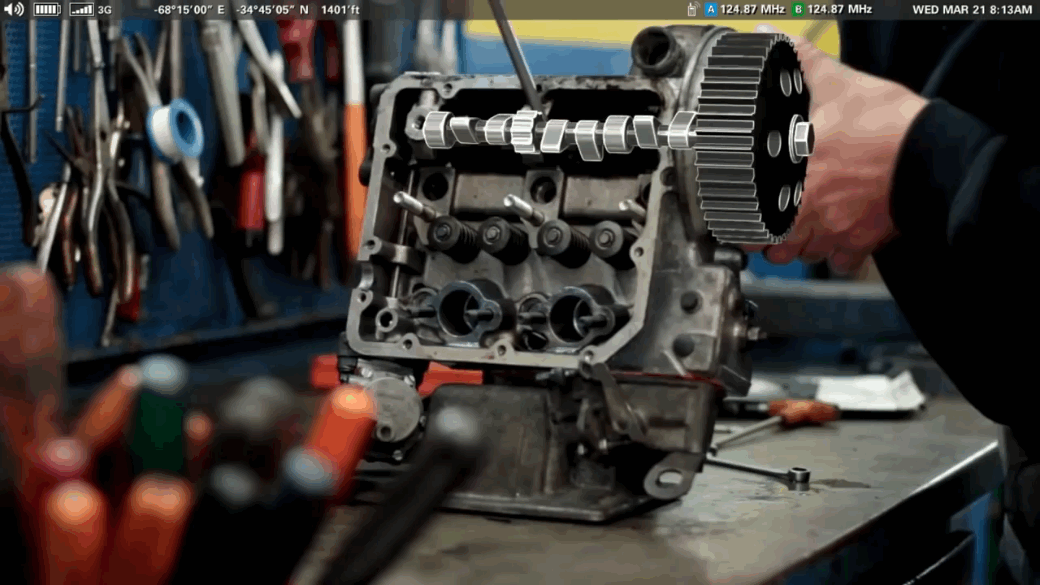Pressure is increasing on the energy sector to tap into the “global brain.”
Liquefied natural gas (LNG) carries the potential to displace diesel as cheaper and cleaner fuel for trucks and buses. With IFC’s help, China is leading the transportation sector into the Age of Gas.
Shipping goods by sea accounts for about 3 percent of global greenhouse gas emissions. Ship designers like Norway’s Lade AS are turning to wind and natural gas technologies to cleanly power the future of the industry.
More than 200 years ago, the expression “sailing” started losing its original meaning in merchant transport.
With increasing global water scarcity now a given, it’s time to focus on resiliency so that we can preserve what resources we have for the long run.
Extreme weather is the world’s new normal. The same year Europe sustained an unprecedented heat wave, in 2010, Pakistan was deluged by floods. Australia endured consecutive “Angry Summers” starting in 2012, while the U.S. has been buffeted by increasingly intense hurricanes, polar vortices and several years of drought in California with no end in sight.
As the amount of digital information being produced expands exponentially, innovative Big Data analytical tools are finding new ways to put it to good use.
We are producing data at an ever-increasing rate. But what good is all this information if we don’t know how to analyze it and put it to productive use — to discover cures, predict maintenance failures or keep traffic flowing?
Machine-to-machine communication will lead to increasing automation of traditional tasks. What will this mean for the role of the worker?
Technologies such as robotics, artificial intelligence, and the Internet of Things (IoT) are already impacting our lives, but they are poised to dramatically change our lives in the future.
Distributed power provides the reliable, low-cost electricity needed to support economic growth regardless of weather or infrastructure conditions. Utilities should embrace its potential.
Trade Promotion Authority will clear the way for job-creating trade agreements.
Smart gloves and glasses, in tandem with the Industrial Internet, hold the potential to transform how workers interact with machines.
Closing the global gender gap will take another eight decades at this rate. We can’t afford to wait that long.
This is not an article about gender parity. It’s about running a good business and making a better world.
